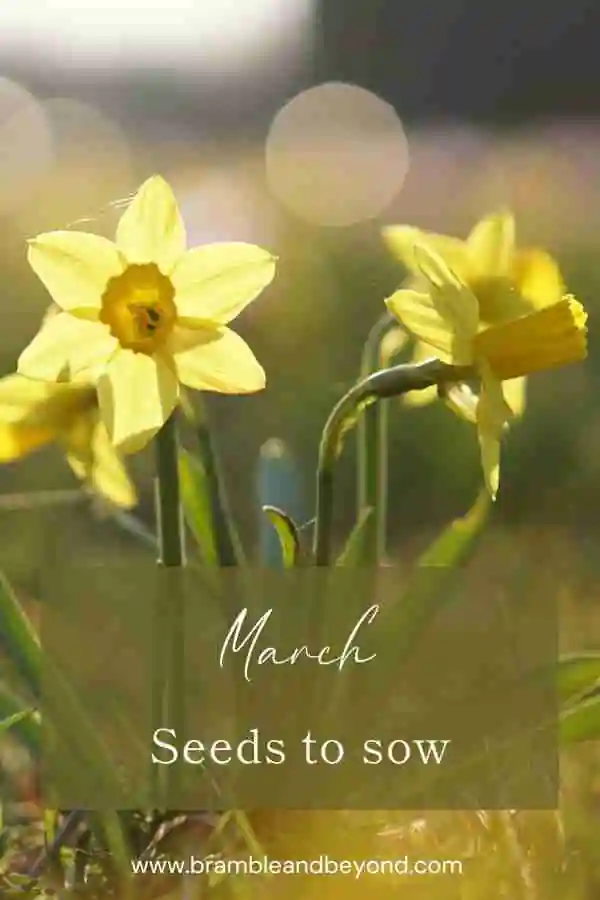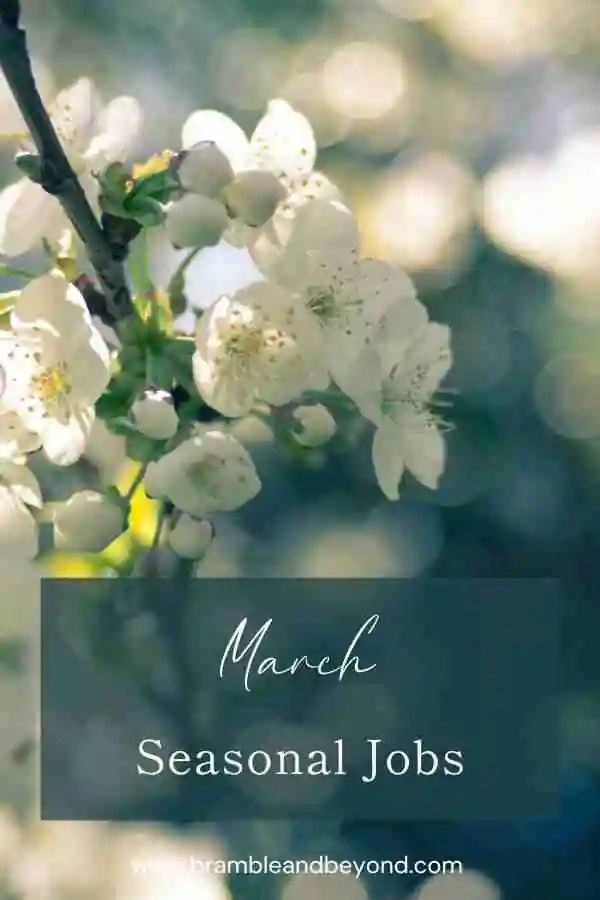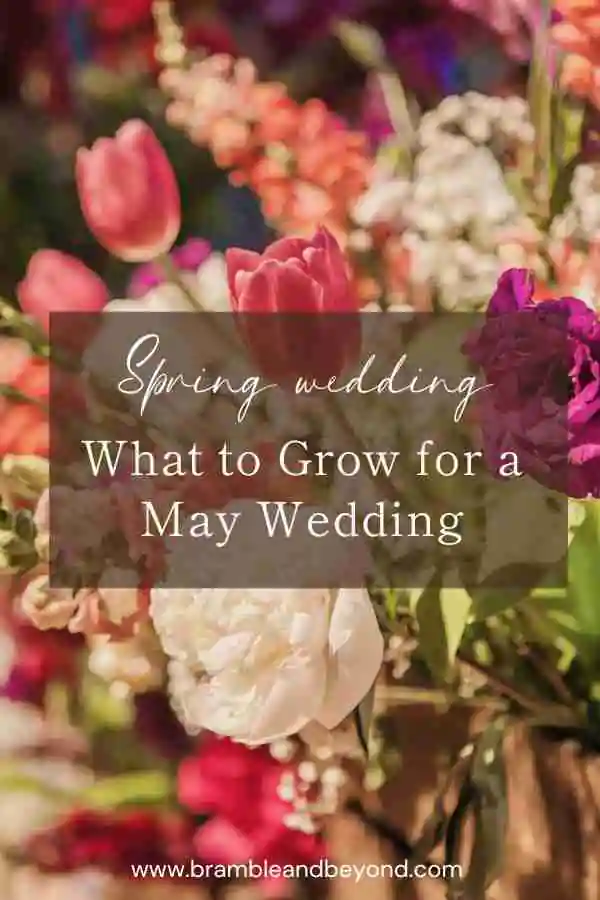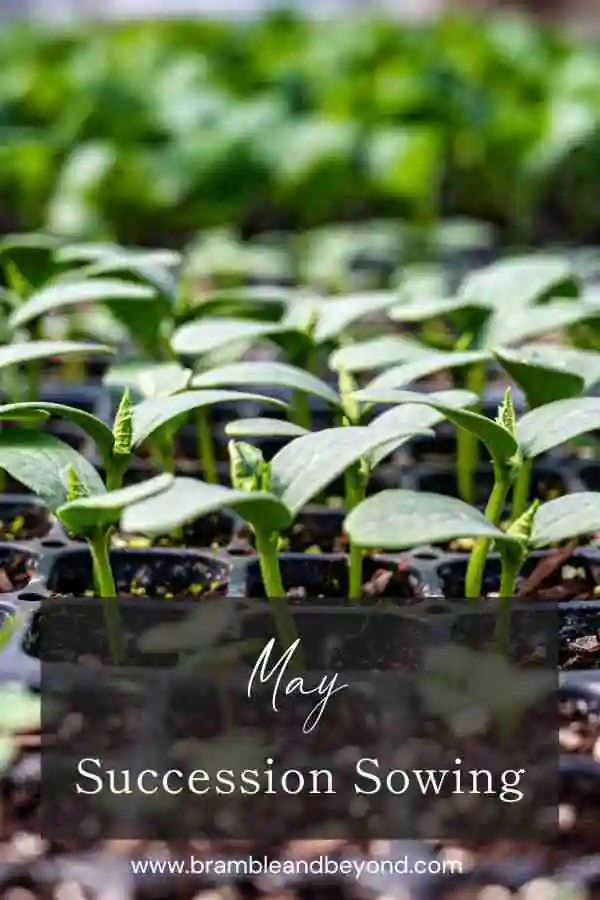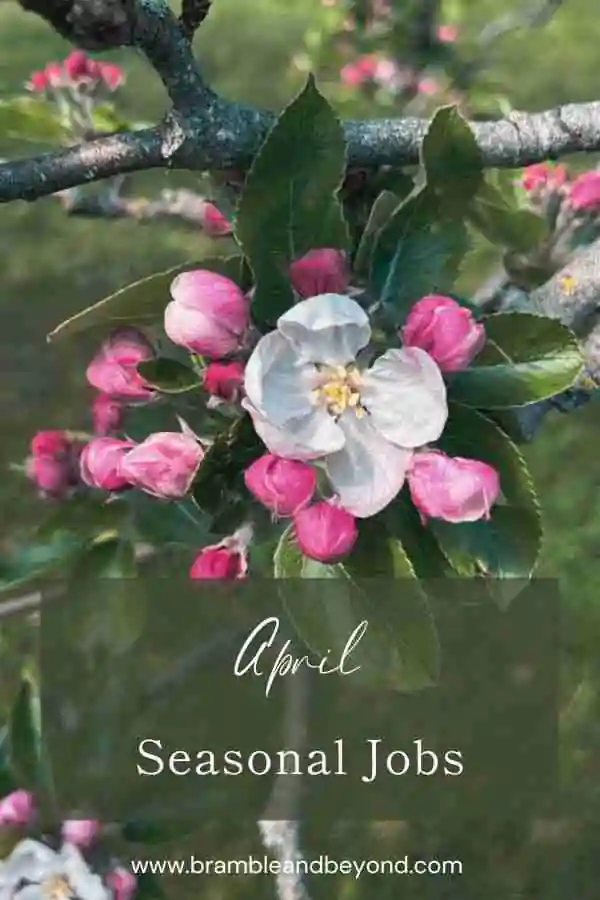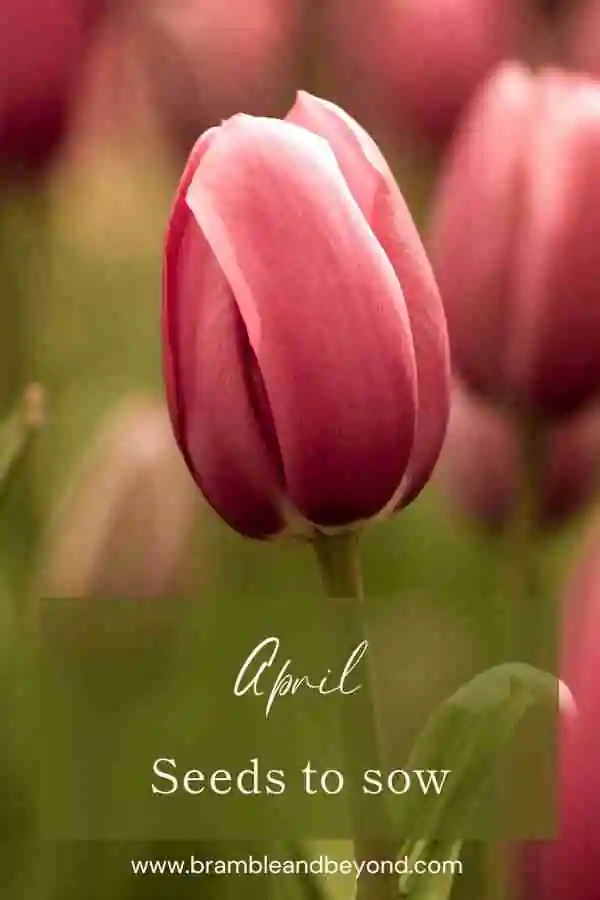Disclosure: This post may contain affiliate links, meaning I get commission if you decide to make a purchase through my links, at no cost to you. Please read my Affiliate Disclosure for more information.
As the days start getting longer and the sun shines brighter, it’s a great time to start planning your spring garden. March is the perfect month to sow seeds and watch your garden grow. In addition to the seeds to grow in February, which are still suitable, I’d like to share with you the top 10 best flower seeds to sow in March. These seeds have been chosen based on their ease of growth, long flowering period, and how frequently I use them in my flower arrangements.
Check out this video where I share what I’ll be sowing in my cutting garden this March!
The best flower seeds to sow in March
I’m going to organise my list of flowers to sow into the categories that I use for flower arranging: Focal flowers, filler flowers, and foliage. It’s usually best to have about 1/3 of each category to create an interesting arrangement. Remember, it’s not necessary for the flowers to be the same type within each category. In fact, including a variety of flowers can make the arrangement more interesting. In addition to the traditional 3 Fs of flower arranging, I add in Fancy flowers. These add a touch of something unusual that make your arrangements stand out.
Focal Flowers
Focal flowers are the stars of any arrangement! They are the ones that really catch your eye and steal the show. These beautiful flowers usually have large flower heads, either round or a spike, that instantly grab your attention.
Sunflower
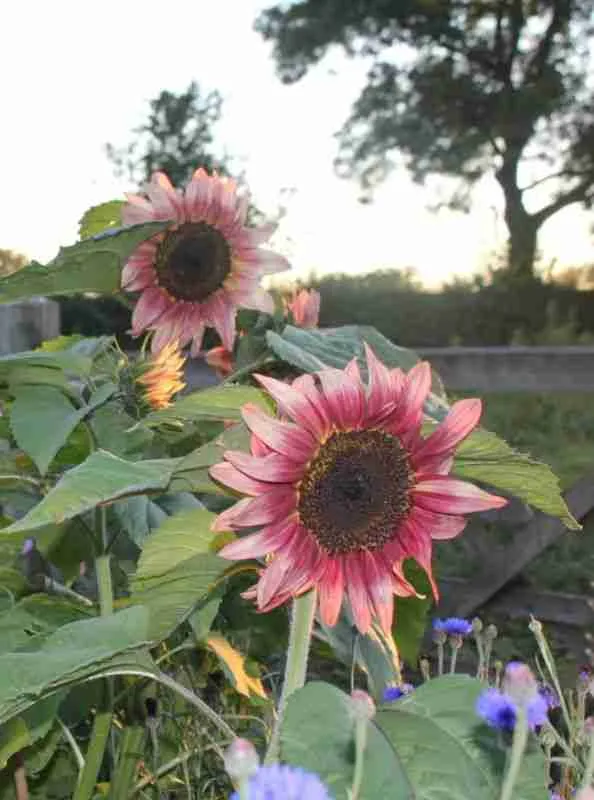
The traditional sunflowers are known for their bright yellow petals and large flower heads, but now you have a wide range of options, from deep red to pale yellow.
Growing sunflowers from seed is incredibly easy. They are single-stem flowers, but once the flower is cut, you may find that many smaller flowers start to bloom. Although these additional flowers cannot be guaranteed, and their stems will be shorter and have irregular shapes. I find these second flush of flowers easier to work into a mixed flower arrangement.
To ensure that the sunflowers remain upright during strong winds, it is recommended to provide substantial staking support.
Sunflowers are perfect for cut flower arrangements, as they can stay fresh for up to a week when placed in a vase filled with fresh water.
Rudbeckia
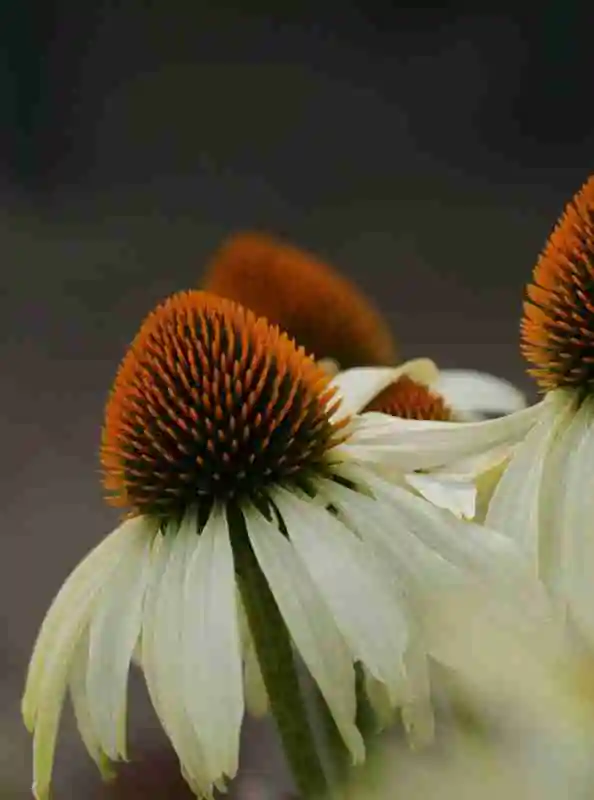
Rudbeckia (coneflowers, black-eyed susans) flowers have a beautiful raised dark central disc surrounded by daisy-like petals, which adds a charming touch to your garden. The perennials typically bloom in bright yellow, although you can also find shades of red and orange in the annual flowers.
Not only are they a joy to grow, but they also bring a vibrant burst of colour to your garden, lasting throughout the season.
One of the great things about these flowers is that they are multi-stem plants, also known as cut-and-come-again, meaning you can enjoy several blooms from just one flower. Isn’t that amazing?
Larkspur
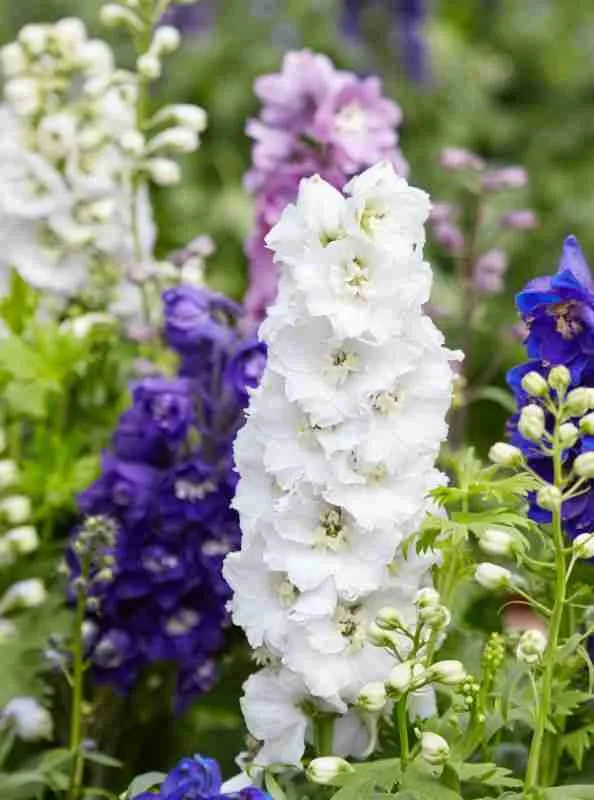
These beautiful and graceful flowers are available in a variety of colors including deep blue, pink, or white. They are ideal for adding height to your floral arrangements.
I personally find germinating Larkspur to be a bit challenging. However, once they have germinated, they are quite easy to grow.
Trimming off faded blooms can promote the growth of new blooms, although it’s important to note that you may have only one flower at a time.
Filler Flowers
Filler flowers are perfect for adding volume and bringing all the elements of your arrangement together.
Typically, filler flowers have smaller flower heads, which add depth and a light, airy touch to your arrangement.
Remember, it’s recommended to use filler flowers for about one-third of your arrangement.
Achillea
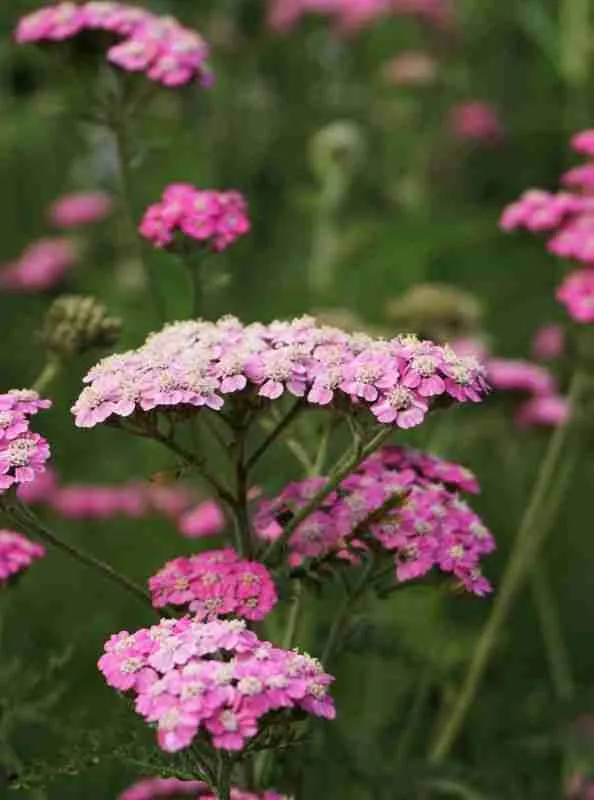
Also known as yarrow. Achillea has beautifully divided, fern-like foliage with delicate flower heads and is a breeze to grow. They are actually perennials, so once you have them, they will improve year after year.
I find them extremely useful in the cutting garden as they bloom non-stop, a classic cut-and-come-again flower. Achillea also has a long vase life, is a good dried flower and offers excellent ground cover, so they assist with weed control.
What is not to love!
Ammi Majus

Ammi majus is a lovely annual that is a great choice for cut flowers. It features delicate, lacy foliage and beautiful white flower heads that resemble cow parsley.
Growing ammi majus from seed is quite easy, and it’s best to sow the seeds in the autumn or early spring for earlier flowers. You can also grow it in succession for continuous blooms.
Personally, I’ve found that it blooms almost all summer long in my cutting garden and has become a must-have plant.
This flower has multiple stems, and you can usually harvest about 6 stems per plant at any given time.
Cornflower
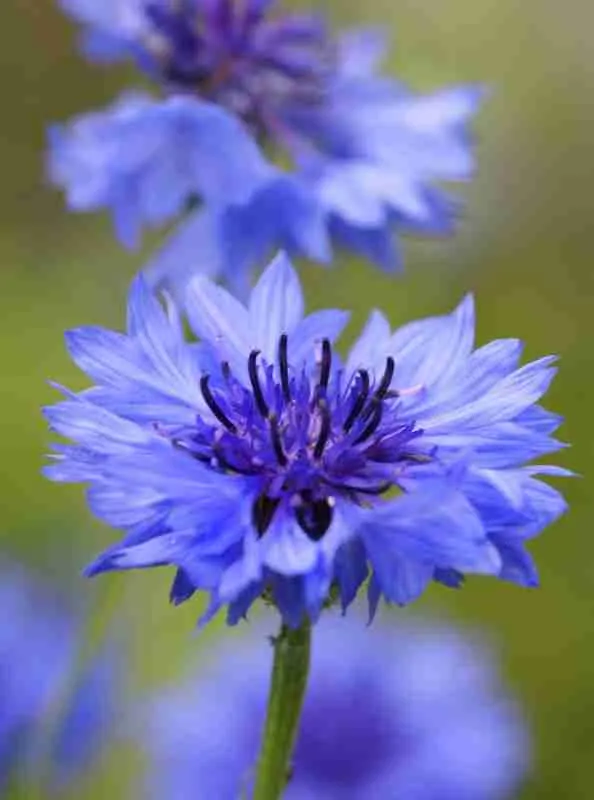
Cornflower is a lovely flower with small flower heads and delicate petals. It flowers all summer long, making it a perfect choice for attracting bees and butterflies to your garden.
One of my personal favorites is the Black Ball variety, which has a deep blue/purple color. It complements any color scheme and adds depth and shade to any flower arrangement.
Cornflower comes in shades of blue, purple, and white, and it can bring a unique burst of color to any bouquet.
Growing cornflower from seed is easy, and it’s best to sow them in early spring for flowers that will start in June. This flower has multiple stems, so you can expect to have about 7 stems per plant at any given time.
Foliage
In a floral arrangement, foliage serves as a friendly helper, providing structure and a leafy framework. It acts as a beautiful backdrop, enhancing the beauty of the rest of your flowers.
The colors in the leaves or stems can be used to bring everything together harmoniously.
Typically, about one-third of your arrangement is made up of foliage flowers. It’s a delightful way to add depth and balance to your arrangement.
Dill
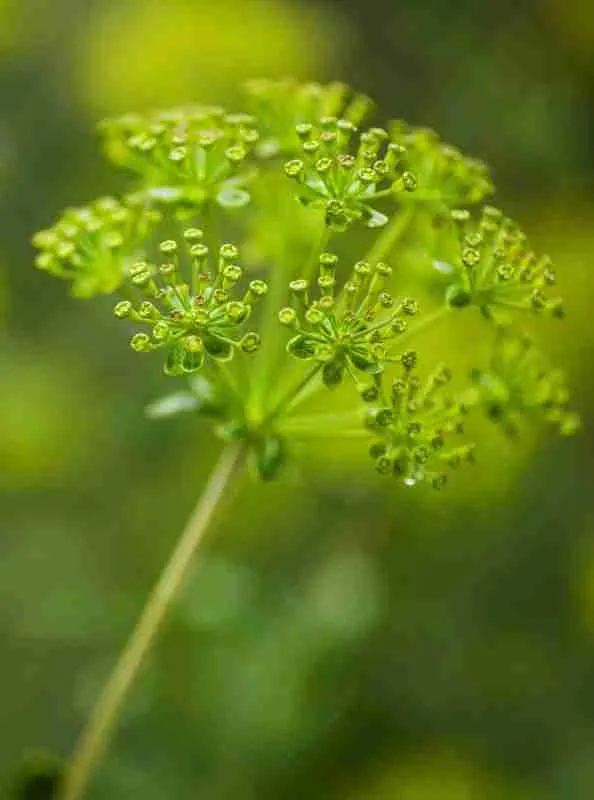
Dill is a wonderful herb that is not only easy to grow but also adds a delightful touch to your arrangement. With its delicate, feathery leaves and small yellow/green flowers, dill brings a soft and airy feel to floral arrangements.
To grow dill, simply sow the seeds in the early Spring. It’s a hassle-free process that anyone can do.
This plant has multiple stems, so you can easily have about 6 stems per plant at any given time. This is particularly true if you’re using the foliage instead of the flower heads.
Greek Cress
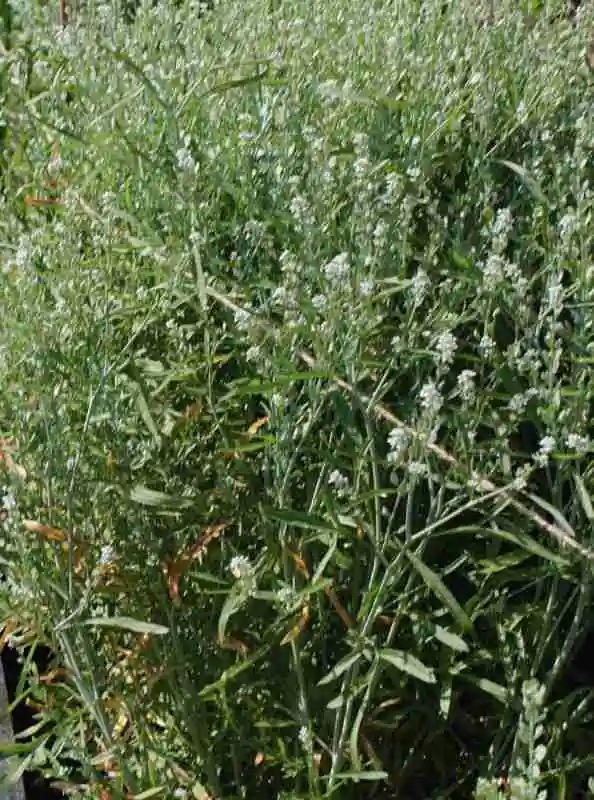
Greek Cress is a fantastic foliage plant that florists absolutely adore but unfortunately can’t often find in stores. The great news is that it is incredibly easy and quick to grow!
When Greek Cress is about to seed, it produces tall, stiff, and pale green stems. These are the perfect addition to your arrangement.
For a bold effect, group bunches of Greek Cress together. If you prefer a more delicate and airy feel, scatter single stems throughout the arrangement.
The best part is that you can plant this seed close together, allowing you to maximise space. Even though you don’t need much of it, Greek Cress can still have a powerful impact.
Bupleurum Rotundifolium
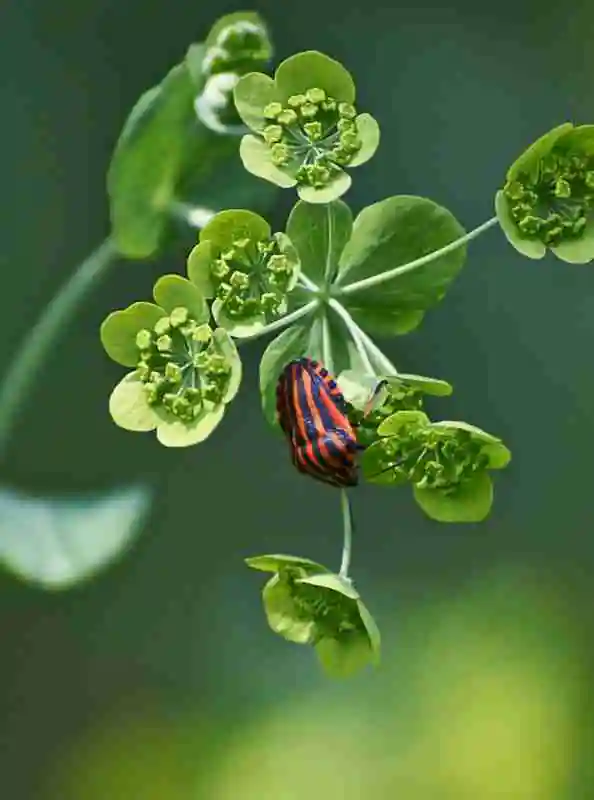
Bupleurum rotundifolium, also known as Hare’s Ear, is a fantastic choice for flower arrangements. It adds a unique touch to mixed bouquets and has a long vase life.
This plant is quite interesting, with round, perfoliate leaves (stems that appear to grow through their centers). During the summer, it produces yellowish-green “flowers” (which are actually tiny umbels of true flowers surrounded by bracts that resemble petals), somewhat similar to those of a Euphorbia.
Bupleurum rotundifolium is a multi-stem plant, and you can easily obtain about 6 stems per plant at any time.
Fancy Flowers
I consider Fancy flowers as the special elements that bring a touch of magic and surprise to an arrangement. They have the ability to add a sense of height, lightness, or a hint of wildness, which I absolutely adore in an arrangement. I personally prefer a more natural and organic look rather than something too structured or rigid.
Panicum Elegans
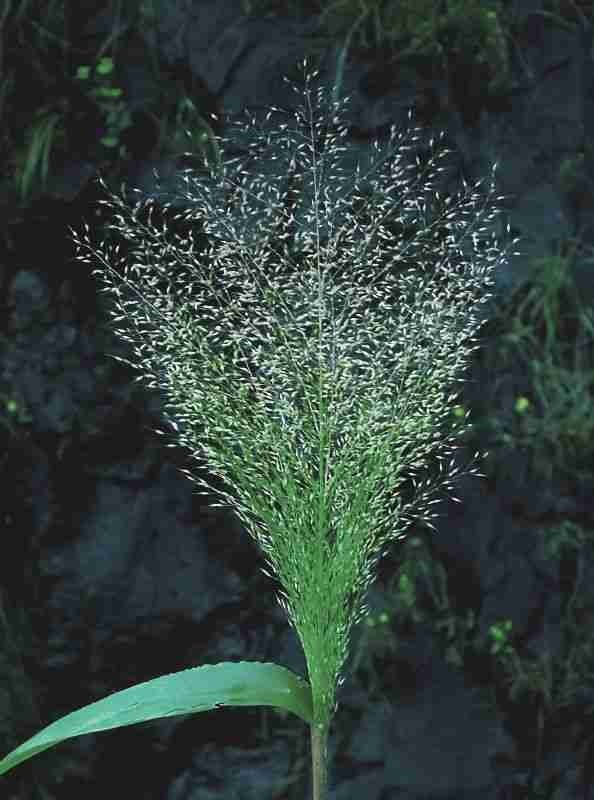
This lovely ornamental grass adds height, texture, or fluffiness to any arrangement.
Just like most grasses, it is quite easy to grow; the only challenge is identifying it as a desirable plant if your garden tends to have unwanted weeds!
Additionally, it dries exceptionally well.
Others
Try these other popular seeds if you’re looking to add even more variety to your cutting garden in March: Malope, Cosmos, Nigella, Phlox, Nicotiana, Molucella Laevis, and Daucus Carota.
So there you have it, the top 10 best flower seeds to sow in March. Whether you’re an experienced gardener or just starting out, these seeds are perfect for easy cultivation and will bring beautiful flowers to your home for months. Happy planting!
For more inspiration, take a look at my wedding sowing series here and if you want to find out what other tasks you should be working on in March look here.
If you are ready to buy your seeds I have all of the easy cut flower seeds to grow in my shop. Shop Now

